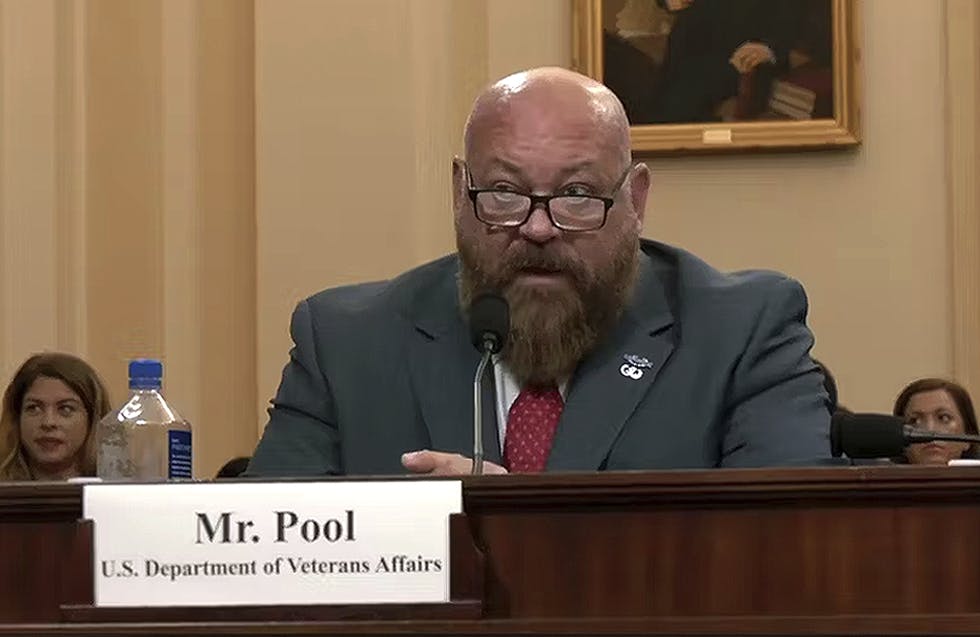Inside NIH’s Electronic Records Management Transition Solutions
Amid challenges of file and metadata standardization challenges, the agency is rolling out several solutions to optimize its electronic records management initiative.

As the National Institutes of Health continues its transition to electronics records management, the agency is moving forward with a number of technical solutions to address challenges around implementing standards, addressing file formats and identifying metadata.
Once an agency has prepared to transition to electronic records management — such as by getting leadership buy-in, strengthening relationships with program areas across the organization and developing a line of communication for targeting concerns — it is important to standardize files and data and to develop solutions to for long-term success, noted NIH Records and Information Management Specialist Rebecca Baker during Tuesday’s FCW webinar.
While NIH is implementing standards to promote compliance and discoverability in files and metadata, largely following National Archives and Records Administration guidelines, the agency is moving forward with digitization, electronic document and records management system implementation and a variety of other technologically driven steps toward realizing optimum electronics records management adoption.
“NIH has a departmental support center called PSC, and it offers 40 different services, but the relevant services are digitization, including document imaging and scanning, supporting the disposition of source material when appropriate, storage and then section 508 compliance for either foreign digital or digitized records,” Baker said. “It’s important whenever you negotiate these contracts for digitization, ensure it also includes [optical character recognition] for indexing and search capabilities, that it conforms to those established file and folder naming conventions and that it includes the required metadata so you can review that rather than creating it on your own.”
NIH has also adopted electronic documents and records management systems, which Baker said allows for personnel to route official documentation and correspondence to all NIH institutes, centers and offices, or ICOs, and has records and management capabilities built in.
Most recently in its technological electronic records plan, NIH is moving forward with implementing an Enterprise Content Management (ECM) solution. The agency awarded a contract last week after looking for a solution that would work across all of NIH’s ICO.
“The solution was to focus on common administrative processes in the workplace and not include the medical research and clinical data, and then [in] addressing funding, so getting enterprise funding solutions, and that’s going to be a multi-year process because we’re going to tap into all of the ICOs and have everyone contribute to the cost of Enterprise Content Management,” Baker said.
Now that NIH has issued a contract, Baker said the agency is in the planning stages for piloting file analysis software, which she added gives an element of intellectual control and will go hand-in-hand with the Enterprise Content Management system in later stages.
“We’re hoping to integrate ECM with file analysis and have those couples because there’s a great value add with combining these technologies — the capabilities of metadata-tagging, auto-categorization and identifying that redundant data and the [personally identifiable information],” Baker said.
As NIH moves forward with file analysis software steps, NIH is also aiming to apply built-in retention policies with an Office 365 environment.
“We’re working actively with Office 365 point of contacts to provide an ecosystem-wide solution for auto-classification, as mentioned with file analysis,” Baker said. “These are tools that have the capability to automate, and automation is key, as federal agencies have tremendous volumes of electronic records produced each day.”
This is a carousel with manually rotating slides. Use Next and Previous buttons to navigate or jump to a slide with the slide dots
-

How Federal Leaders See AI as a Catalyst for their Mission
Federal agencies are strategically integrating AI to reduce administrative burden and improve critical services for mission delivery.
5m read -

RAG Could Unlock AI’s Human Potential in Government
RAG is a technique that combines personal expertise with AI to streamline tools, boost collaboration and gain actionable insights.
6m read -

VA Acting CIO Focuses Tech Strategy on 'Cyber Dominance'
VA OIT is restructuring its workforce, revamping risk management and modernizing tech acquisition to deliver secure, efficient services.
4m read -

GAO’s Advice for Bolstering Federal Cybersecurity
Federal agencies face persistent challenges in implementing cybersecurity best practices, but shifting culture, refining hiring practices and enforcing stronger requirements can drive long-term resilience.
10m listen








